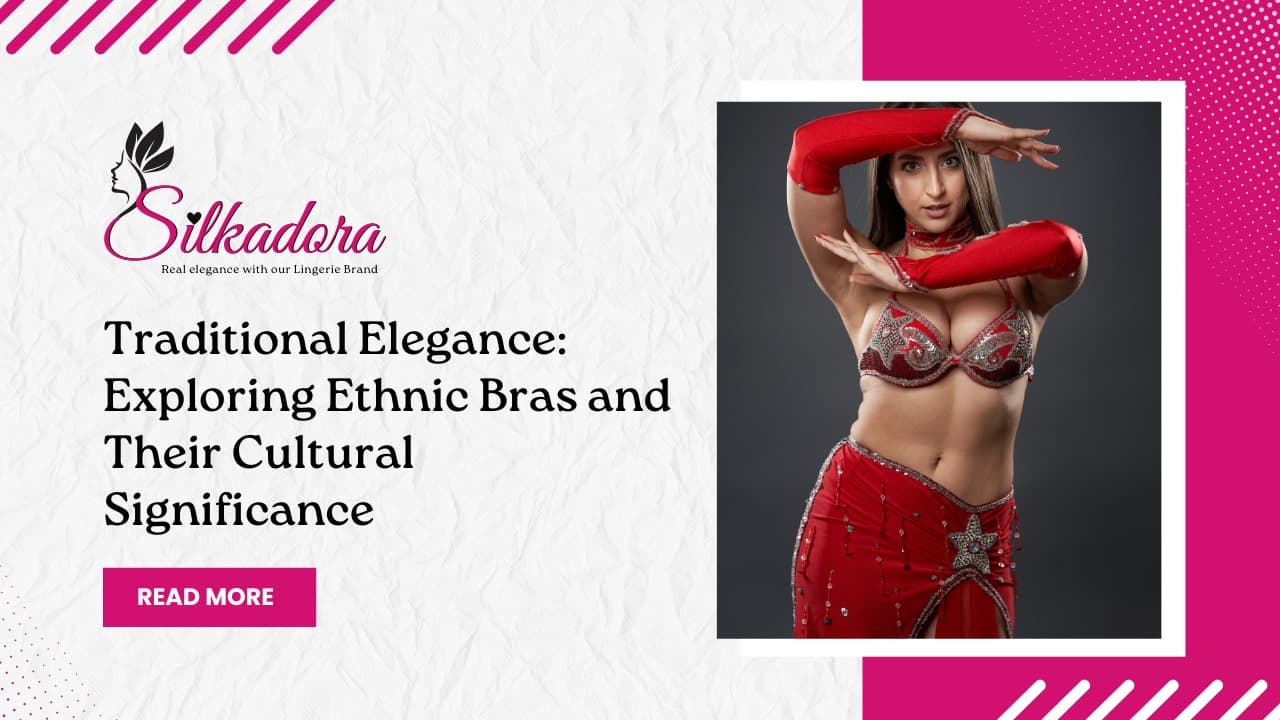The Bra: A Product of Perceived Necessity and Evolving Cultural Norms

A recent commentary from The New Yorker has reignited discussions surrounding the cultural and historical role of the bra, asserting that the garment is "a product sprung from a perceived necessity, and from an attempt to create necessity where there is none or very little." This observation, drawn from the article "The Joy of Not Wearing a Bra," delves into the complex relationship between women, their bodies, and societal expectations regarding undergarments. The piece explores how the bra's widespread adoption is rooted in both practical considerations and constructed social pressures.
Historically, the evolution of breast support garments reflects shifting societal ideals and fashion trends. Before the modern bra, women often wore corsets, which were designed more for body shaping than breast support. The bra gained prominence in the early 20th century, particularly during World War I when metal shortages encouraged a move away from metal-boned corsets. Early designs aimed for comfort and liberation from the rigid corset, but quickly became intertwined with fashion and the shaping of the female silhouette.
The New Yorker article highlights how the conversation around bras often transcends utility and personal comfort, quickly turning to matters of "decorum." If a woman expresses that a bra is not useful or comfortable, the discussion often shifts to appropriateness, especially for those with larger breasts. This societal conditioning suggests that going braless is seen as making a "statement," rather than a personal preference, implying a lack of containment or an undesirable form of sexuality.
Feminist discourse has long engaged with the symbolism of the bra. The infamous "bra-burning" myth of the 1960s, though largely symbolic and not literal, underscored a desire for liberation from perceived constraints. Modern feminist thought, as articulated by figures like Iris Marion Young, suggests that the bra can act as a "barrier to touch" and that a braless woman is "deobjectified," allowing the body's natural form to be seen without the "hard, pointy look that phallic culture posits as the norm."
In recent years, there has been a notable shift towards comfort and natural body acceptance, with bralettes and soft bras gaining popularity. This trend, accelerated by changes in lifestyle such as increased remote work, reflects a growing desire for less restrictive clothing. However, the cultural dialogue around bras, including the specific functionality of sports bras for athletic performance and health, continues to evolve, challenging long-held notions of necessity and propriety.